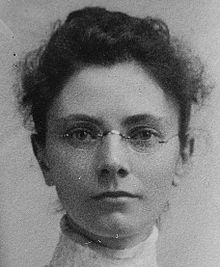Introduction to Anna Sewell’s life

Anna Sewell was born on 30 March 1820 in Great Yarmouth, County Norfolk, England to Mary Wright Sewell and Isaac Sewell and she had a younger brother, Phillip, born in 1822. The Sewells moved to London just after Anna was born, the first of many moves to come. Anna was very close to her mother, who was a pious, kind and gentle teacher to her children. Mary home schooled her children and she taught Anna to read. Unfortunately, while walking home from school one day she fell and hurt her ankles as a result of which she would never walk very well or stand for long periods again.
She was an active child but because of this, was now forced to spend much time at home, dependant on her parents. She would never marry nor have children. She did, however, travel to health spas in Germany and Spain to help cure her ankle injuries.
She was a vibrant young woman and also made trips to her grandparent’s home in the country near Norwich, and visited museums and galleries in London. She taught Sunday School for a time and helped her mother with her writings. When she was at home she took to traveling about in a chaise pulled by a pony, which greatly helped her overcome her mobility problems.
The Origin of Black Beauty
While in her fifties Sewell first thought about writing her own book about horses. The book was initially intended to be an instructional work to induce kindness, sympathy, and an understanding treatment of horses.
Bustling Victorian London’s society, transportation and industry were dependent on horsepower, but there were also emerging vegetarian and animal anti-cruelty groups. Through Black Beauty, we see a humanistic depiction of the working conditions and quality of life for horses.
Sewell gives us a universal message of compassion and understanding through her novel. Her novel contributed to refinements to or in some cases abolishment of bearing or check reins used on carriage horses. Readers of all ages have come to appreciate Sewell’s endearing tale told by a horse.
Black Beauty was published just before her death on 25 April 1878. She now lies buried at the Quaker Burying Ground at Lamas, near the village of Buxton, Norwich county, England.